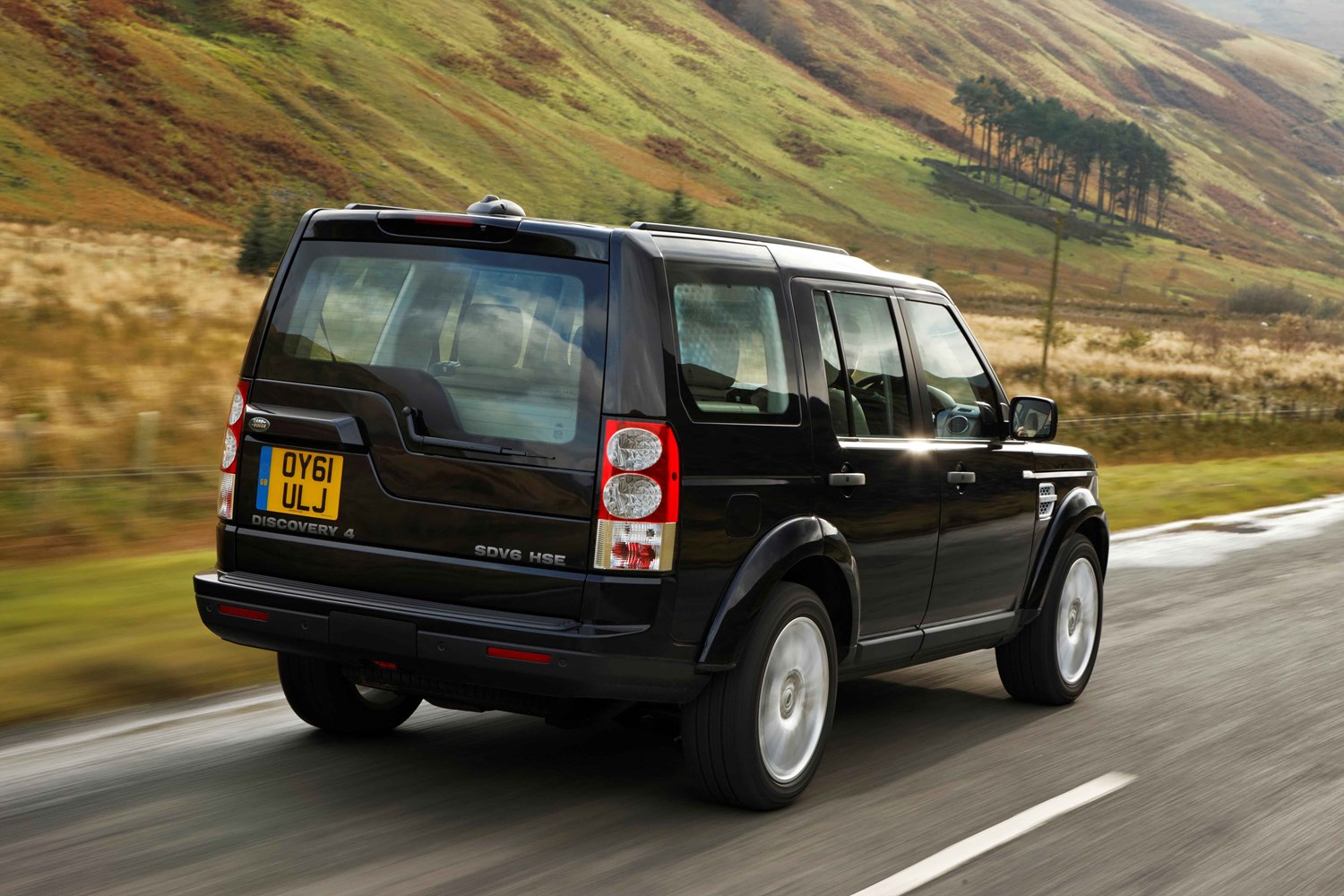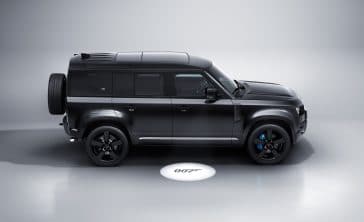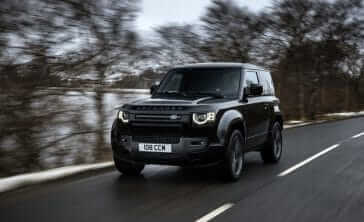Model review
Land Rover has a superb history of producing brilliant off-roaders, and it’s the Defender and Range Rover models that are often regarded as being the best of the best.
But this British firm also produces a third SUV that shouldn’t be forgotten about – the Discovery. Also offering impressive rugged ability, this model is the most spacious of all the Land Rover range, and the most family-focused model on sale.
And in the third-generation 2004 model, the Discovery took a step upmarket compared to its predecessors to bring an uplift in quality and also an increase in proportions.
Latest model
When the Discovery needed facelifting in 2004 it was rebranded too - becoming the Discovery 4 - though it was really just a mid-life facelift.
Key changes included new LED lighting at the front and rear as well as new tech – including a TFT display in the middle of the dials, a five-camera surround system for parking and Bluetooth and USB connections. While the technology has somewhat dated by modern standards, it’s still a welcome addition.
A revised version of the brand’s acclaimed Terrain Response system was also fitted, along with a new 3.0-litre V6 diesel engine, bringing more in the way of power and efficiency than the engine it replaces.
The Discovery 4 continued in production until 2016 until it was replaced by the fifth-generation model.
Value for money
By modern standards, the £31,995 starting price when the Discovery 4 was new in 2009 meant it offered great value, and today the model is a good used buy, though you need to keep a watchful eye on running costs before considering it a bargain.
Today on the used market, examples start from as little as £7,500, though these will be high-mileage and lower-spec examples. You’ll need to spend around £11,000 to get a version with less than 100,000 miles on the clock. It’s worth noting that GS trim isn’t especially well-equipped – missing out on features like leather upholstery and cruise control, which we think are a must on a car of this size. Instead, it’s worth looking for an XS model or a HSE.
Newer examples are still quite pricey, though, as a later 2016 car with lower mileage can easily still cost more than £30,000.
Looks and image
Despite the later fifth-generation Discovery arriving in 2017, many still regard this fourth model as being the better-looking of the pair. Whether you agree with that is down to your personal opinion, but we reckon this Land Rover is ageing well, even on earlier 2015 cars. Its boxy yet cool shape makes it easy to recognise, while LED lighting was a modern step forward. High-spec models are the most stylish – particularly special-edition Landmark versions that come with a black grille and larger alloy wheels.
As with many cars of this age, the interior hasn’t aged quite so well, particularly the main touchscreen, which feels small and fiddly to use by modern standards, though high-spec versions still feature satellite navigation and a reversing camera. All models also benefit from Bluetooth, too. The quality cannot be faulted, though, as the Discovery has a premium and sturdy feel to it.
Behind the wheel, it’s the Discovery’s impressive cruising ability that shines through. For carrying people and luggage over long distances, this SUV is really hard to fault. It’s very comfortable, while smooth and powerful diesel engines are a good match. Another reason to choose the Discovery over its rivals is its off-roading ability. Thanks to Land Rover’s Terrain Response system (fitted as standard), you’re highly unlikely to ever get stuck, and it’s ideal if you live off the beaten track. The disadvantage is that the Discovery is big and heavy, and it drives that way – lacking the dynamic edge of some of its rivals.
Space and practicality
With all Discovery 4s coming with seven seats, this is an impressively practical tool for all the family. Even the third row of seats is suitable for adults, while the model’s boxy shape means there’s a generous amount of headroom throughout. Plenty of cubby holes are also dotted throughout the cabin.
The boot is also vast, with 280 litres of room still on offer with seven seats in position, while folding the third row down leaves a flat floor and opens up a huge 1,124 litres of cargo room. A split-folding tailgate is also another very useful feature.
Engines
While hybrid and petrol powertrains might be more popular in SUVs these days, the Discovery 4 was around at a time when diesel engines dominated this segment, and that’s all you’ll find under the bonnet of this Land Rover.
To begin with, Land Rover offered a 190bhp 2.7-litre V6 unit on low-spec GS models, though this was quickly axed, with all other versions coming with a 3.0-litre unit instead. This was initially available with 242bhp, though was upgraded to 255bhp as part of a light 2012 update.
With a healthy amount of power, performance is decent considering the Discovery’s size, with 0-60mph taking nine seconds, along with a top speed of 112mph. Later models with more power are marginally quicker, but there’s little between them.
All Discovery 4s are four-wheel-drive, while the vast majority of models feature an automatic gearbox as just a handful of early 2.7-litre models came with a six-speed manual gearbox instead.
Running costs
While Land Rover made a big deal about this new Discovery’s improved efficiency when new, by modern standards it will be expensive to run.
If you buy a model with 242bhp, Land Rover claims it will return just 30.4mpg, with CO2 emissions of 244g/km meaning you’ll pay a steep £565 in annual road tax. Later models will return a claimed 36mpg, while lowering CO2 emissions to nearer 200g/km, though it will still be a pricey thing to keep on the road.
Things to look out for
Land Rover doesn’t have the best reliability reputation, and the Discovery 4 isn’t known for being the most dependable.
Key issues relate to the engine, with the crankshaft often being the problem, which could mean a full replacement engine is needed at an eye-watering cost.
We’d recommend having any car mechanically inspected before buying, making sure any vehicle has a full-service history and also taking out an aftermarket warranty for extra peace of mind.
Rivals
If you’re looking at a large used seven-seat SUV, there are a number of options to consider. These include the Volvo XC90, BMW X5, Audi Q7 and Mercedes GL. If you’re not so fussed about the badge, the Skoda Kodiaq, Kia Sorento and Hyundai Santa Fe are all great options.
Depreciation
While the Discovery 4 has depreciated over the years, values remain firm. Even higher-mileage examples from 2009 or 2010 can easily set you back £10,000, while considering a three-year-old car can still cost up to £35,000, you’re likely to not lose too much money here, presuming it remains reliable.





